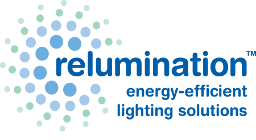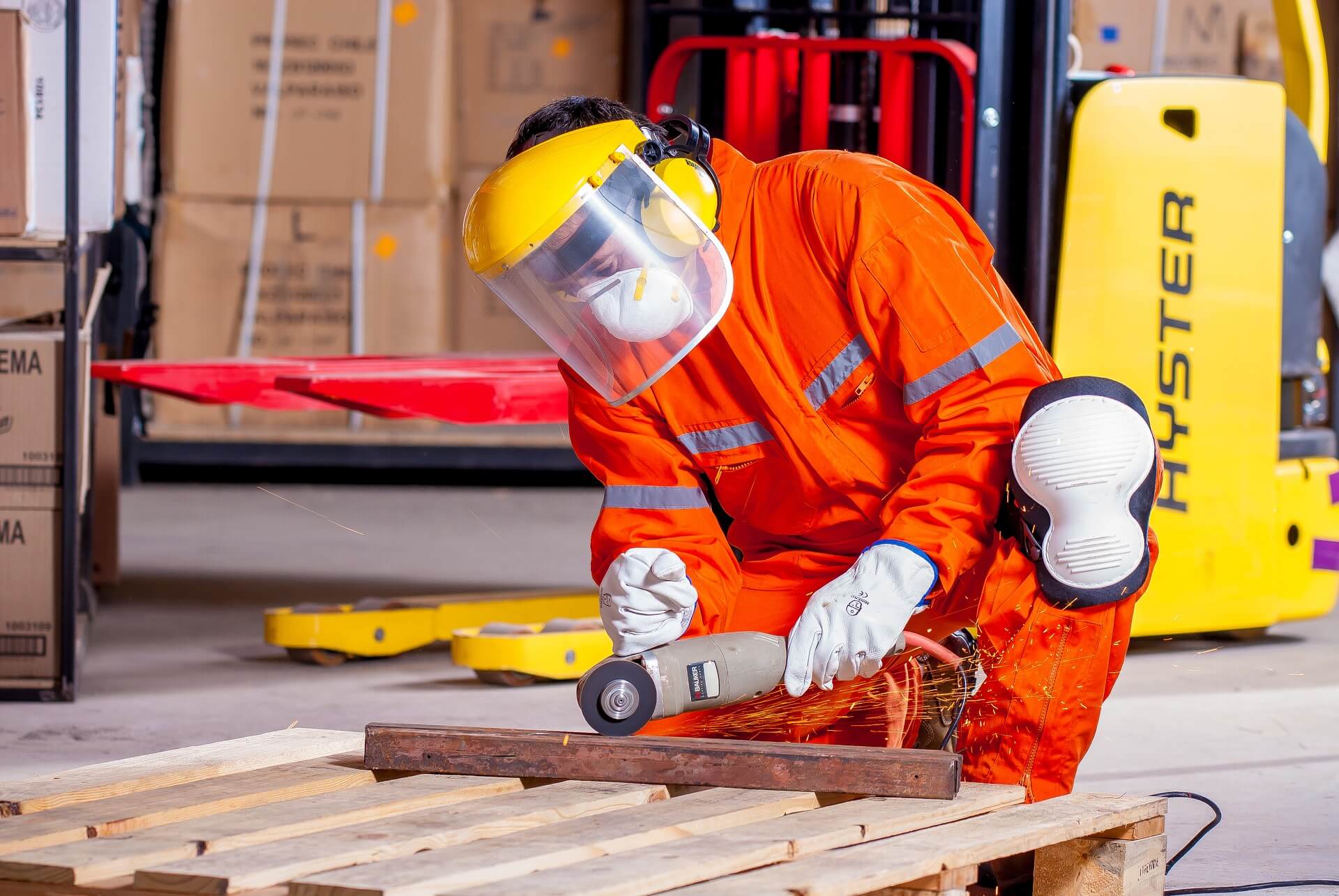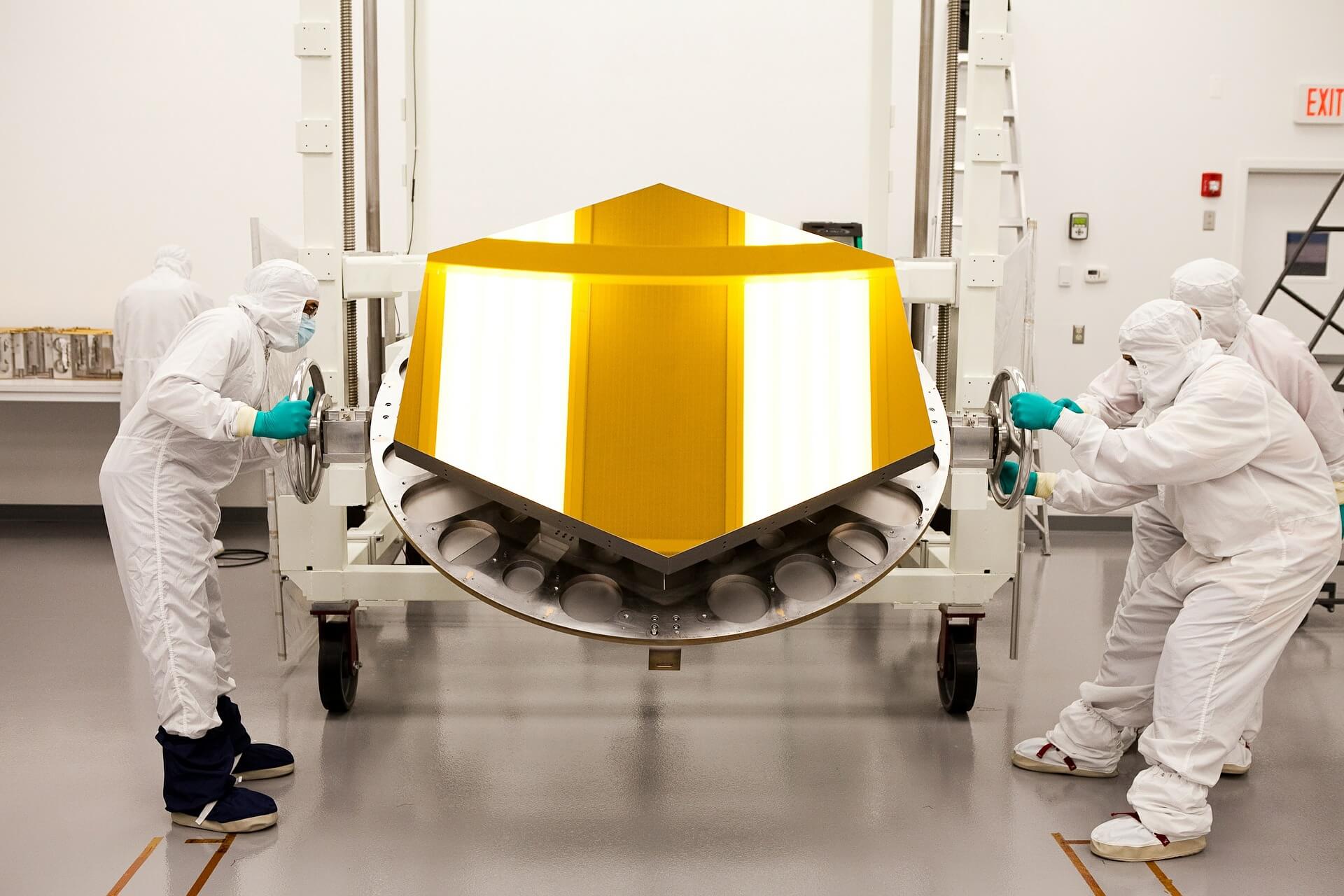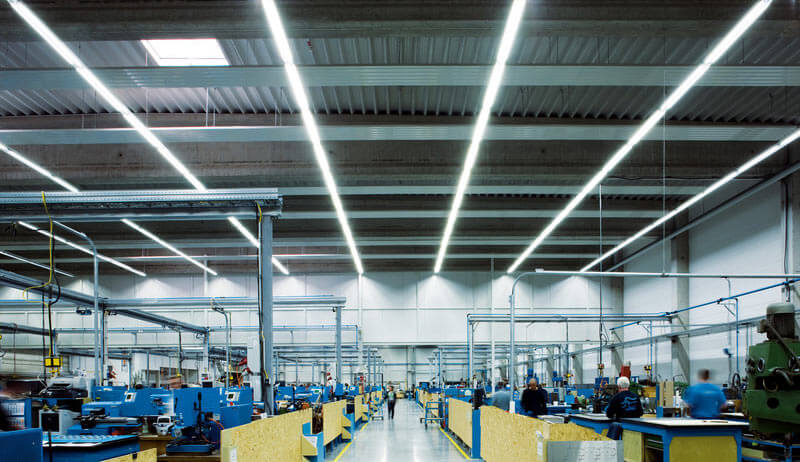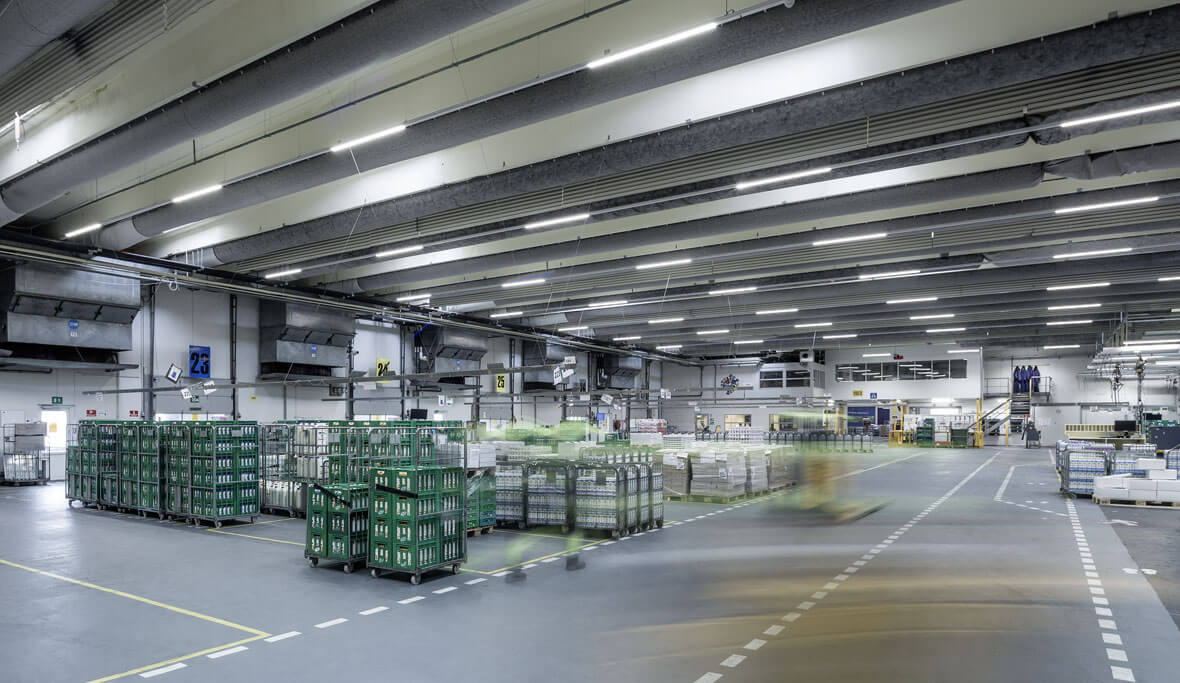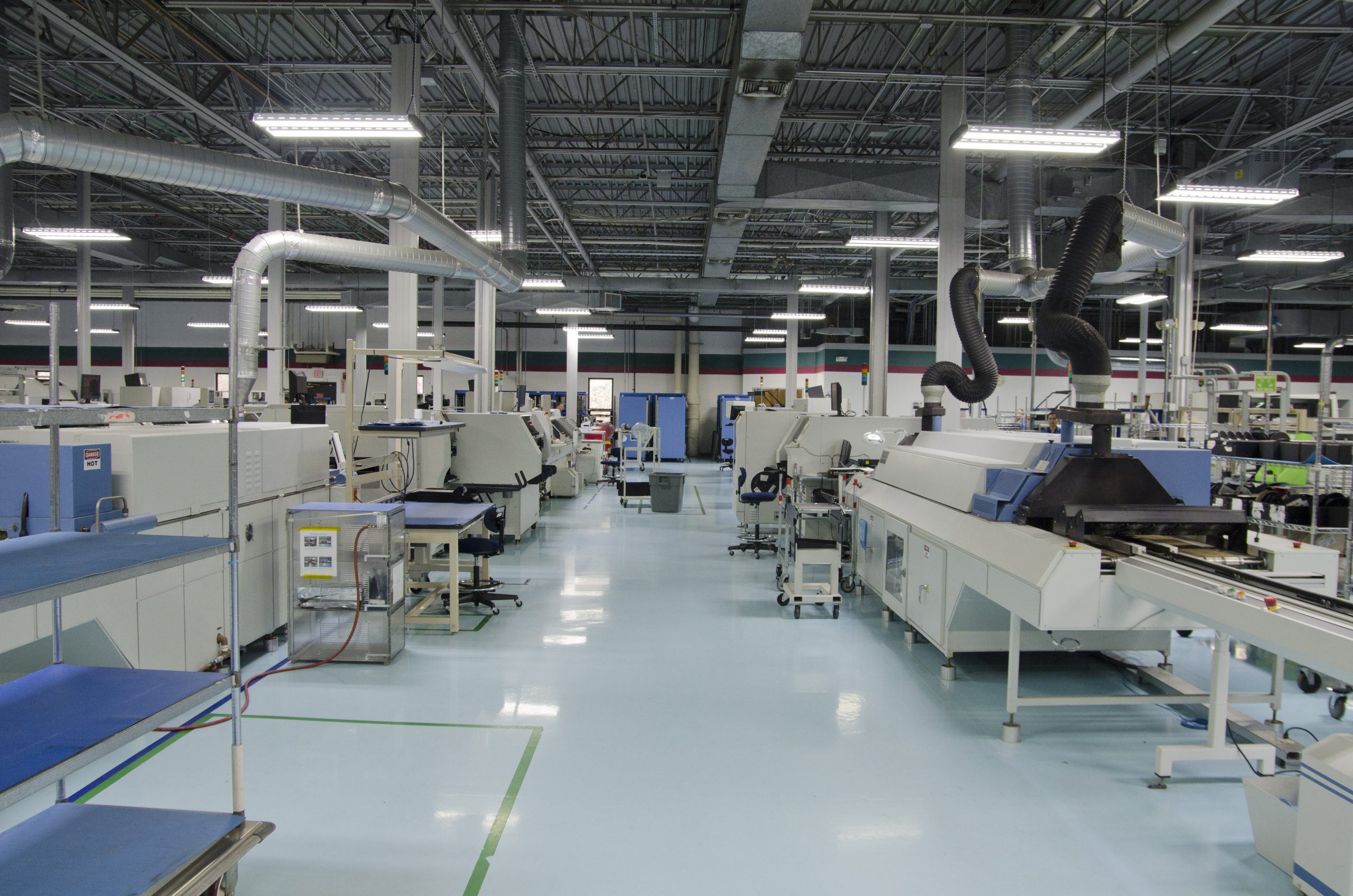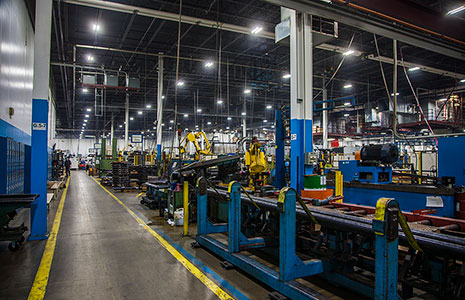If You Don’t Think Lighting Has A Big Effect…..
Maybe it’s because the impact of poor lighting has not been fully realized. When updating our lighting to the best level, we’ll notice improvements in the following 4 areas:
Safety
The average manufacturing facility undoubtedly complies with all government safety regulations. (This article details OSHA’s lighting requirements). This compliance, however, probably doesn’t require optimal lighting. Logically, less than great lighting creates less than great safety. Which allows for excess workplace accidents. Yes, great lighting makes a manufacturing business as safe/efficient as possible.
Mood
A poorly lit work area carries a subliminal message of drudgery. A well-lit facility promotes a positive atmosphere of cutting-edge production. In other words, it’s where you’ll find the winning team. Improved morale is the intangible by-product.
Productivity
When a manufacturing business provides a premium workplace, it’s reasonable that productivity will reach its apex. It’s reasonable because a premium workplace can’t possibly provide an obstacle to peak performance. If production lacks, a properly illuminated facility is not the culprit.
Expense
Lighting improvements cut expenses in more ways than one. Increased productivity is, in effect, equal to reduced expense. Also, less workplace injuries equate to cutting unnecessary expense at an Olympic level. But, the obvious savings come in the form of state-of-the-art lighting fixtures and lamps. Modern lighting technology operates at a tremendously low cost. Today’s lighting lineup is amazingly energy-efficient.
